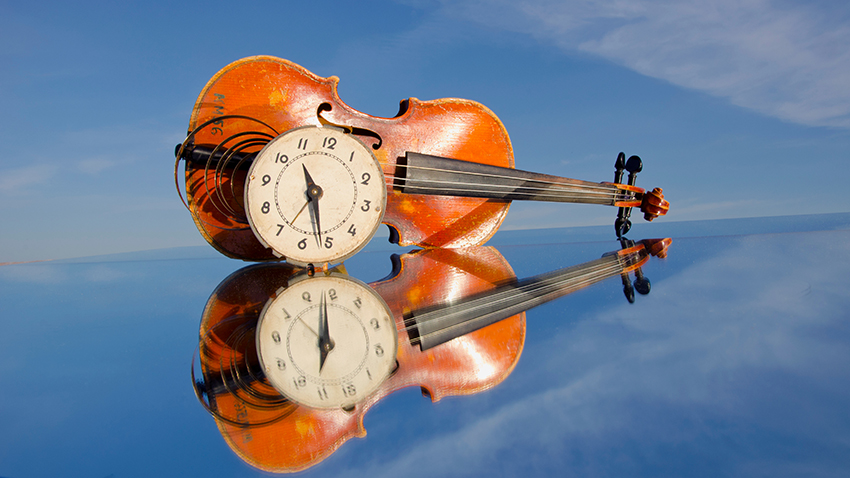Music as a Mirror

Take your time to settle down; sit comfortably, close your eyes and let your body relax. Let your shoulders relieve tension, your face relax, and forehead become smooth. Be aware of your breathing and just notice it and how it softly moves your middle body … you don’t have to do anything, just let it be.
Let a question come to your mind [Note for the facilitator: this could be guided according to the theme at hand if this is used for example as an orientation to further study contents].
Maybe it is a wider challenge at hand or a practical one about some issue to solve. Or maybe it is about what is the time for – what is important, now? [It could be written down or just formed in mind – in any case a tangible question would be good].
Then let the question linger in the background; move your attention again to your breathing and just rest here and now.
Soon you will start to hear some music [instrumental]. Let the music evoke whatever comes to your mind. Maybe you feel the music in your body, maybe some memories come to your mind, maybe images. Maybe you experience the music as movements. Feel free to experience it your own way, it’s all ok.
Now, the music brings along or reveals an answer to your question you made earlier. It is there; maybe overt, or maybe as a suggestion, or symbol. Feel free to experience your answer your own way, it’s all ok. Listen to it.
When the music ends, you have the answer or viewpoint it brought to your question. It could be words, sentences, symbols, figures, colors. Have a deep breath and open your eyes. Feel free to make your own notes about the answer.
Reflection and discussion according to the goals of the session at hand. [For example, reflection about this experience, generally. Discussion about the symbolic potential music has, resonating in each person’s own world of experiences and imagination.]
Music suggestions (durations vary depending on the version used):
– Jean Sibelius: Intermezzo from Karelia Suite, Op. 11. I. (3’50’’)
– Astor Piazzolla: Oblivion (5’11’’)
– Satumaa-tango (Fairyland; a famous Finnish tango) performed by Maria Kalaniemi, Timo Ala-Kotila & Olli Varis (3’33’’)
– Jonny May: Sugar Cubes (3’44’’)
NOTE:
– The facilitator should have listened and considered/tested the music personally before the exercise.
– Consider also the copyrights and the way to use the music ethically according to regulations.
